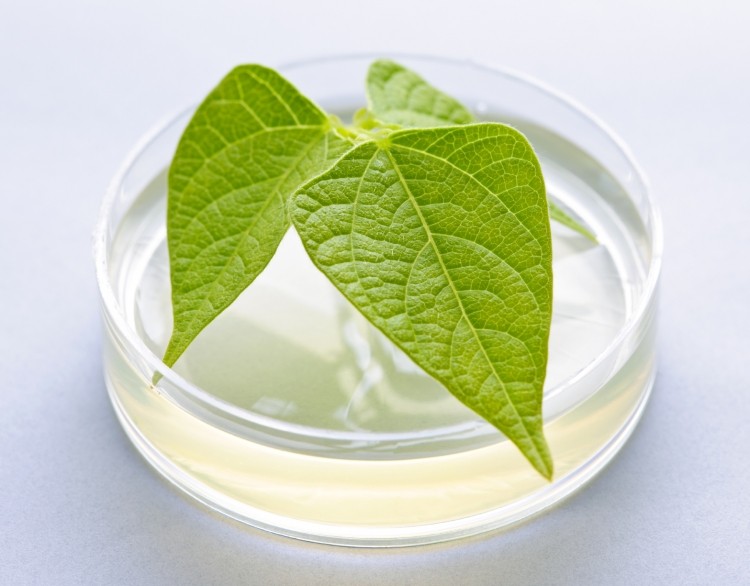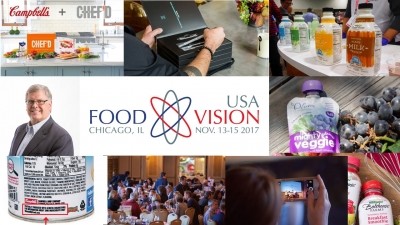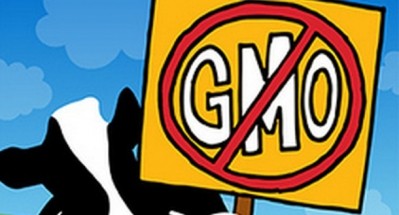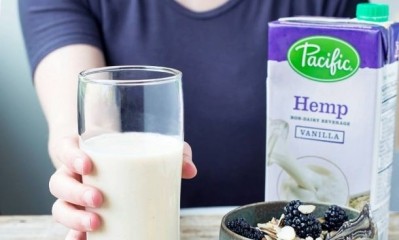Campbell Soup Co.’s GMO disclosure could serve as model for national label

Legislation passed and signed into law last July as an amendment to the Agricultural Marketing Act spared food and manufacturers from complying with Vermont’s GMO labeling law and the inevitable patchwork of state standards that would have followed, but in exchange it mandated that within two years the US Department of Agriculture would create a “national mandatory bioengineered food disclosure standard.”
As the halfway point for defining that standard nears, USDA has yet to publicly state what bioengineering means and whether it will include “new” GMO techniques. Nor has the agency determined the specific language companies should use in the disclosures, the form of the disclosure or where it should appear.
The influence of the disclosures will differ dramatically based on whether USDA decides they should appear on packages or online, as a simple statement or as a QR code linking to a Smart Label online with detailed information.
As one of the leading players in the food and beverage space to already print short GMO disclosures on packaging and provide more details online in the form of Smart Labels. The Campbell Soup Co. is “working very closely with USDA and FDA on the best, consumer-friendly labeling for GMOs,” Jeff George, vice president of Americas research and development at Campbell Soup Co., told attendees at USDA’s Agricultural Outlook Forum in Washington, DC, Feb. 24.
He added, “I am confident, very confident, that we will find a solution that will work for all parties – for USDA, for FDA, for Campbell’s and for companies, and most importantly for our consumers.”
Lessons learned for creating GMO disclosures
While he did not say specifically the direction in which USDA is leaning, he noted that extensive consumer research conducted by Campbell’s to create its GMO label disclosures found consumers “expect to get this information in a variety of ways and have it easily accessible, including via digital methods” and on the package.
He explained that qualitative and quantitative research conducted by Campbell’s on “literally thousands of consumers to get their reaction to the best way to get this GMO communication out” revealed that “they want the on-pack message to be concise with the opportunity for them to get deeper information and other information via other methods, like Smart Label or [Campbell’s informational website] whatsinourfood.com.”
The company also found that “consumers like simple and familiar language that they can understand.” As such, George said the generic but safe disclaimer that an item could be “partially produced with GMOs” was “unsatisfying to consumers” and made them feel like the company was “hiding something with language like that.”
Along those same lines, Campbell’s research found consumers want to know the specific ingredients that are genetically modified, such as the corn, soy or sugar, and why the company chose to use them, George said.
Finally, he said the primary focus of the disclosures is to inform, not “frighten, mislead or confuse consumers.”
Companies must communicate GMOs are safe
This message must be reinforced by companies beyond just what is in disclosures, George said. He emphasized: “First and foremost, let’s start with the position that GMOs are safe. There are lots of consumer advocacy groups and even food manufacturers that would tend to have you believe that GMOs are not safe and should be eliminated. That is not our position.”
He explained that Campbell’s plans to continue to use GMO ingredients and has no major reformulations specifically planned to avoid using GMO.
“Now, that being said, we are opportunists, and we have products in our portfolio today that do not contain GMOs and if consumers like them and they buy more we are going to make more of them and develop more of the because that is good for business and serving our consumers,” he said. “But, there is no intent on our part to go back and reformulate GMOs out of the current portfolio.”


















